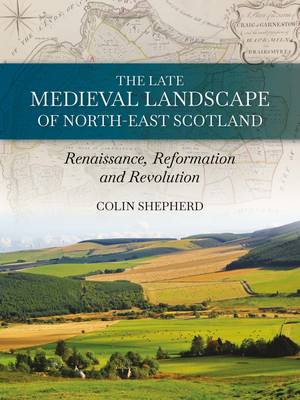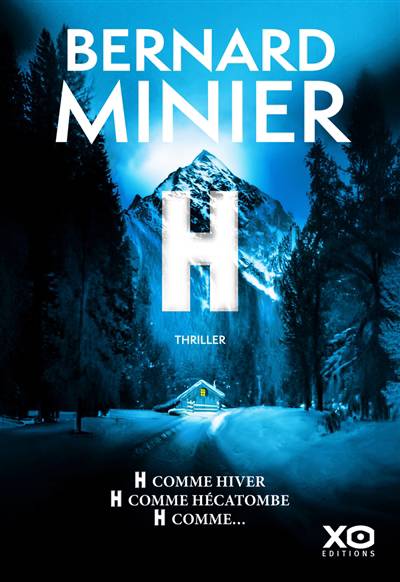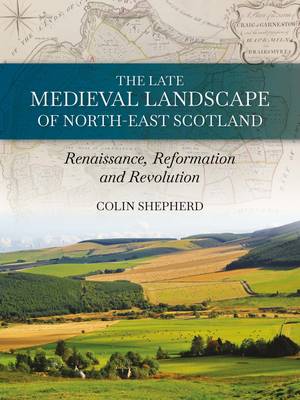
- Retrait gratuit dans votre magasin Club
- 7.000.000 titres dans notre catalogue
- Payer en toute sécurité
- Toujours un magasin près de chez vous
- Retrait gratuit dans votre magasin Club
- 7.000.0000 titres dans notre catalogue
- Payer en toute sécurité
- Toujours un magasin près de chez vous
The Late Medieval Landscape of North-East Scotland
Renaissance, Reformation and Revolution
Colin Shepherd
Livre broché | Anglais
66,95 €
+ 133 points
Description
The landscape of the north-east of Scotland ranges from wild mountains to undulating farmlands; from cosy, quaint fishing coves to long, sandy bays. This landscape witnessed the death of MacBeth, the final stand of the Comyns earls of Buchan against Robert the Bruce and the last victory, in Britain, of a catholic army at Glenlivet. But behind these momentous battles lie the quieter histories of ordinary folk farming the land - and supping their local malts.
Colin Shepherd paints a picture of rural life within the landscapes of the north-east between the 13th and 18th centuries by using documentary, cartographic and archaeological evidence. He shows how the landscape was ordered by topographic and environmental constraints that resulted in great variation across the region and considers the evidence for the way late medieval lifestyles developed and blended sustainably within their environments to create a patchwork of cultural and agricultural diversity. However, these socio-economic developments subsequently led to a breakdown of this structure, resulting in what Adam Smith, in the 18th century, described as 'oppression'.
The 12th-century Renaissance, the Protestant Reformation and the Industrial Revolution are used here to define a framework for considering the cultural changes that affected this region of Scotland. These include the dispossession of rights to land ownership that continue to haunt policy makers in the Scottish government today. While the story also shows how a regional cultural divergence, recognized here, can undermine 'big theories' of socio-political change when viewed across the wider stage of Europe and the Americas.
Colin Shepherd paints a picture of rural life within the landscapes of the north-east between the 13th and 18th centuries by using documentary, cartographic and archaeological evidence. He shows how the landscape was ordered by topographic and environmental constraints that resulted in great variation across the region and considers the evidence for the way late medieval lifestyles developed and blended sustainably within their environments to create a patchwork of cultural and agricultural diversity. However, these socio-economic developments subsequently led to a breakdown of this structure, resulting in what Adam Smith, in the 18th century, described as 'oppression'.
The 12th-century Renaissance, the Protestant Reformation and the Industrial Revolution are used here to define a framework for considering the cultural changes that affected this region of Scotland. These include the dispossession of rights to land ownership that continue to haunt policy makers in the Scottish government today. While the story also shows how a regional cultural divergence, recognized here, can undermine 'big theories' of socio-political change when viewed across the wider stage of Europe and the Americas.
Spécifications
Parties prenantes
- Auteur(s) :
- Editeur:
Contenu
- Nombre de pages :
- 240
- Langue:
- Anglais
Caractéristiques
- EAN:
- 9781914427046
- Date de parution :
- 17-09-21
- Format:
- Livre broché
- Format numérique:
- Trade paperback (VS)
- Dimensions :
- 185 mm x 246 mm
- Poids :
- 782 g

Les avis
Nous publions uniquement les avis qui respectent les conditions requises. Consultez nos conditions pour les avis.






